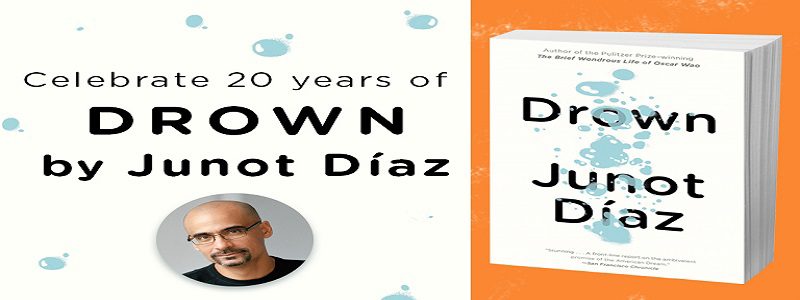Cornell Notes à la Argument
Responding to and Refuting Conflicting Interpretations — Junot Diaz’s ‘Drown’ (Part 2)
This post — which focuses on a method of teaching students to respond to and sometimes refute literary interpretations that conflict with their own — is the second part of a two-part look at an argumentalized unit on Junot Diaz’s first collection of stories. Part 1, on teaching students to analyze passages closely through argument, can be found here.
Analyzing Literature Closely through Argument — Junot Diaz’s ‘Drown’ (Part 1)
We have worked with partner schools on units teaching Sandra Cisneros’ The House on Mango Street, for many years probably the most frequently assigned works of Latinx fiction in high school. This year, though, we have been fortunate to work with a partner school with an especially robust Latino-American Literature course, and through that course we have collaborated on argumentalizing some very accomplished, very engaging literature written by Latinx writers. One such work is Pulitzer Prize and McArthur Fellowship winning author Junot Diaz’s first collection of stories, Drown (1996).
Collaboratively Created Response and Refutation Builder
A teacher at one of our partner high schools, Williams College Prep (Chicago), assimilated some of the resources that we’ve been sharing with and suggesting to him, and from them created an especially useful variation of his own. AP Language and Composition teacher Thom Connor has been focusing a lot of instructional attention on teaching students to think through, articulate, and incorporate into their essays careful consideration of the counter-arguments to their argumentative positions. He’s been teaching various ways of responding to or refuting these counter-arguments, as well. And he designed a builder that adapts Argument-Centered Education versions into something that he feels comfortable with and that works especially well with his students.
Analyzing a Model Interpretive Argument on ‘To Kill A Mockingbird’
At one of Argument-Centered Education’s partner schools, Daniel Hale Williams College Prep in Chicago, I have been working extensively this year with a young and rising-star English teacher by the name of Thom Connor. Mr. Connor has been absorbing argument pedagogy and he has been making it his own, innovating a series of activities and assessments with his English I (9th grade), English II (10th grade), and AP Language & Composition (11th grade) students. I have been collaborating with him on revising and refining these resources. What is coming out of his inventions, and our collaborations, is having an increasingly apparent big impact on the teaching and learning in his classrooms. One such resource innovation is the activity we’ve called Analyzing a Model Interpretive Argument.






